Pacaras Mummy- NecropolisPreserved by nature. It is located in the National Museum of Archaeology, Anthropology and History of Peru , Lima. It is currently known that what Peruvian archaeologist Julio C. Tello called “Paracas-Necropolis” belong to a cultural tradition called the Topará culture, the center of which was located further north, in theChincha Valley ( 500 BC-200 AD).


Mummy of a young man from the pre-Columbian Atacama Desert, now Chile. Photo: AP.
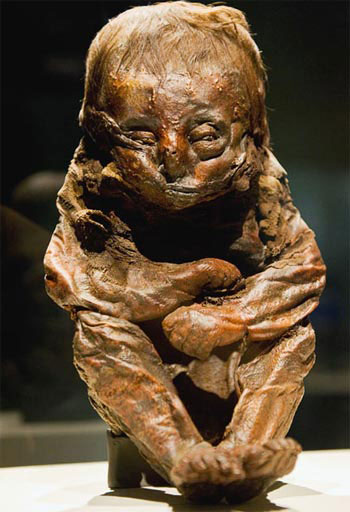
Mummy of a Peruvian child, 8-10 months old, who died about 6,500 years ago, possibly from heart disease. This is one of the oldest mummies found. Photo: KPA.

The mummy of a baby named Johannes Orlovitz, who died when he was only 1 year old. Her outfit was recreated from the pieces of fabric she was buried with. Photo: KPA.
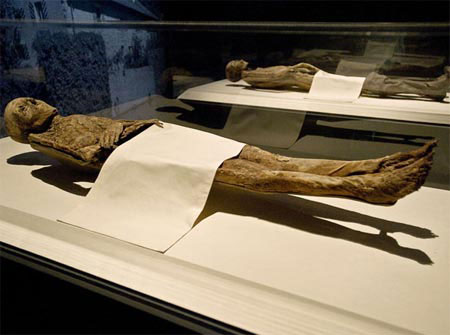
The mummies of Baroness Schenk von Geiern and Baroness von Holz, partially covered at the request of the family. Baron von Holz was a nobleman who died in battle in the 17th century in Sommersdorf, Germany. Photo: KPA.
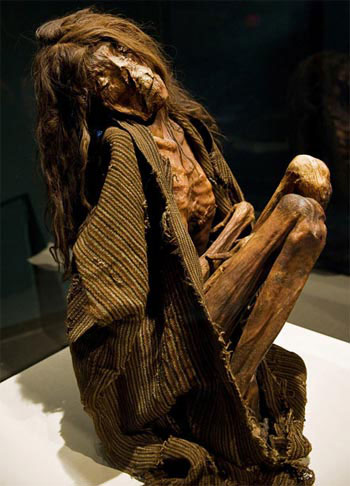
The mummy of a South African woman has tattoos on both sides of her chest and face. Photo: KPA.

In addition to humans, animals were also mummified such as dogs, lizards, fish, mice, cats, squirrels, falcons and a monkey from Argentina. Photo: KPA.
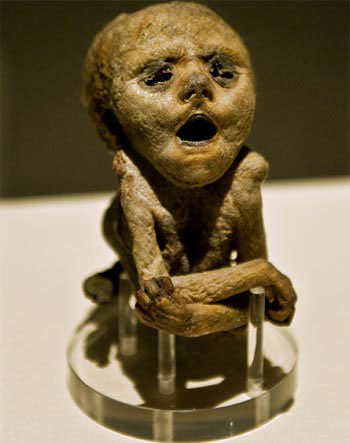
A fetus died at 30 weeks due to a rare birth defect in the spine. Photo: KPA.

Mummy of a 4-6 year old child, Peruvian. Hair testing shows nicotine exposure. Photo: KPA.
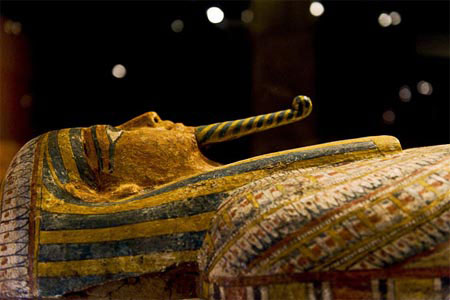
The sarcophagus of an Egyptian monk named Nes-Pa-Qa-Shuti, dates back to 650 BC. Photo: KPA.





